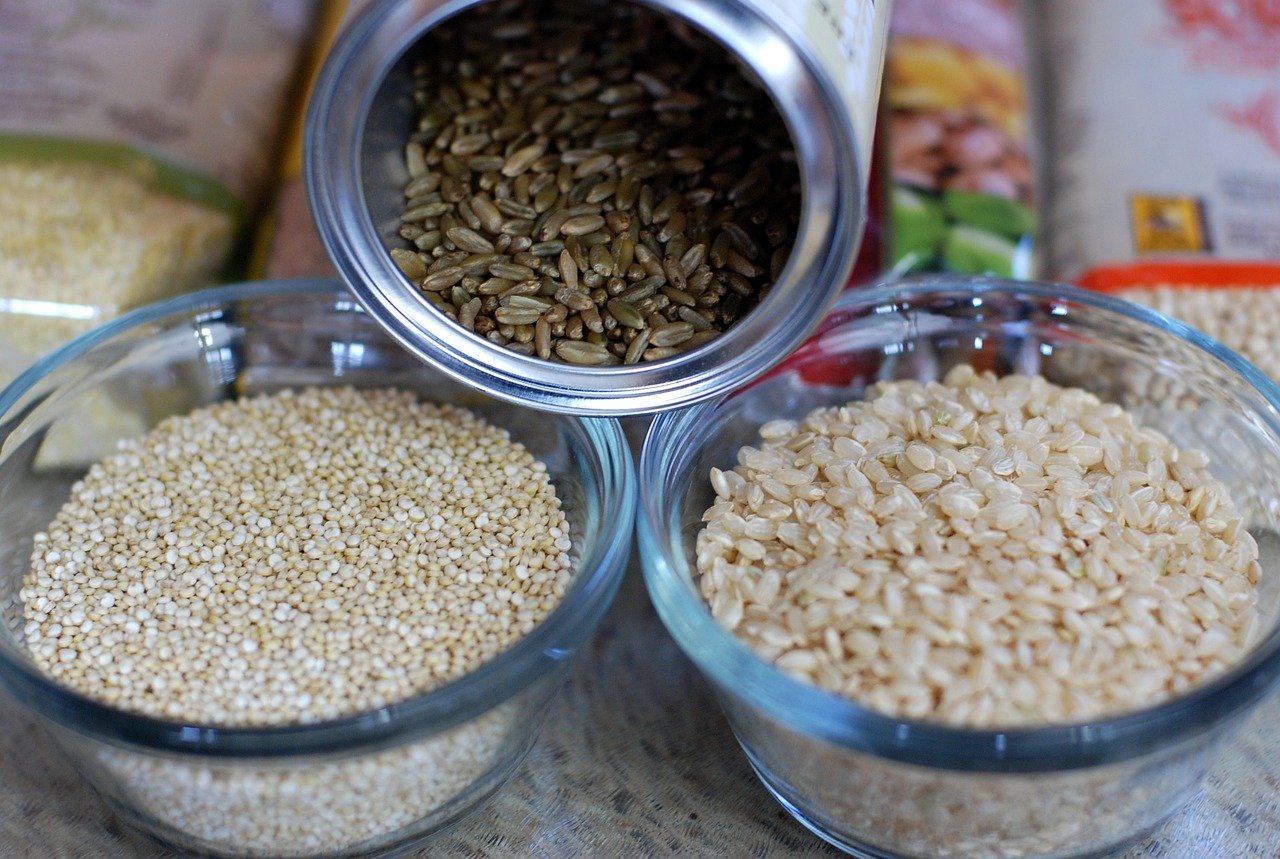Introduction
Parboiling rice is an essential step in achieving perfectly cooked and fluffy rice for various dishes. The parboiling process involves partially cooking the rice in boiling water before fully cooking it through other methods. This technique helps retain nutrients and enhances the rice’s texture and flavor. In this SEO optimized guide, we will walk you through the steps of parboiling rice to ensure you serve a delightful and delicious accompaniment to your favorite meals.
Step 1: Choose the Right Rice
Select long-grain, medium-grain, or short-grain rice, depending on your preference and the dish you plan to prepare. Each type of rice has distinct characteristics that can complement various cuisines.
Step 2: Rinse the Rice
Place the desired amount of rice in a fine-mesh strainer and rinse it thoroughly under cold water. Rinsing removes excess starch, preventing the rice from becoming too sticky during the cooking process.
Step 3: Soak the Rice (Optional)
Although not mandatory, soaking the rice for 30 minutes before parboiling can further improve the rice’s texture and shorten the cooking time.
Step 4: Bring Water to a Boil
In a large saucepan or pot, bring a generous amount of water to a rolling boil. You’ll need about 4-6 cups of water for every cup of rice, depending on the quantity you are preparing.
Step 5: Add the Rice
Carefully add the rinsed rice to the boiling water. Stir gently to prevent sticking and ensure even cooking.
Step 6: Parboil the Rice
Allow the rice to boil for about 5 minutes. Parboiling ensures that the outer layer of the rice grains is partially cooked while retaining the core firmness.
Step 7: Drain the Rice
Using a fine-mesh strainer, drain the parboiled rice to remove excess water. Be cautious not to over-drain or rinse the rice excessively, as this can result in a loss of essential nutrients.
Step 8: Transfer to Cooking Method
Depending on your recipe, you can now proceed with your preferred cooking method. You can continue cooking the rice using the absorption method (1:2 rice-to-water ratio), rice cooker, or steamer.
Step 9: Fluff and Serve
Once the rice is fully cooked, use a fork to fluff the grains gently. This helps to separate the rice and prevent clumping. Serve the parboiled rice as a delightful accompaniment to your favorite dishes.
FAQs
1. What is the purpose of parboiling rice before cooking it?
Parboiling rice before fully cooking it serves several purposes. It partially cooks the outer layer of the rice grains, helping to retain nutrients and improve the texture and flavor. It also reduces the cooking time, ensuring that the rice cooks evenly and remains fluffy without becoming too sticky.
2. Can I skip the soaking step before parboiling rice?
While soaking rice before parboiling is optional, it can further improve the rice’s texture and shorten the cooking time. Soaking allows the rice to absorb some water, which softens the grains and reduces cooking time.
3. Is there a specific rice type recommended for parboiling?
You can use any type of rice for parboiling, such as long-grain, medium-grain, or short-grain rice, depending on your preferences and the dish you plan to prepare. Each type of rice offers unique characteristics that can complement different cuisines.
4. How do I know when the rice is properly parboiled?
Rice is typically parboiled for about 5 minutes. You can tell it’s ready when the outer layer of the rice grains has softened, but the core remains firm. It’s important not to overcook the rice during the parboiling process, as it will be fully cooked through other methods later.
5. Can I use the same water used for parboiling to fully cook the rice?
No, it’s best to drain the parboiled rice and use fresh water for the full cooking process. The water used for parboiling may contain excess starch and could result in a sticky final product if used again for cooking. Fresh water ensures that the rice cooks evenly and maintains its desired texture.
Conclusion
Parboiling rice is a fundamental step in achieving fluffy, perfectly cooked rice for a variety of dishes. By following this SEO optimized guide, you can ensure your rice retains its nutrients, flavor, and texture. Whether you plan to serve it with savory stews, stir-fries, or any other culinary creation, parboiled rice is sure to elevate your meals to new heights. Master this simple yet crucial technique, and you’ll become a culinary connoisseur in no time. Happy cooking!
